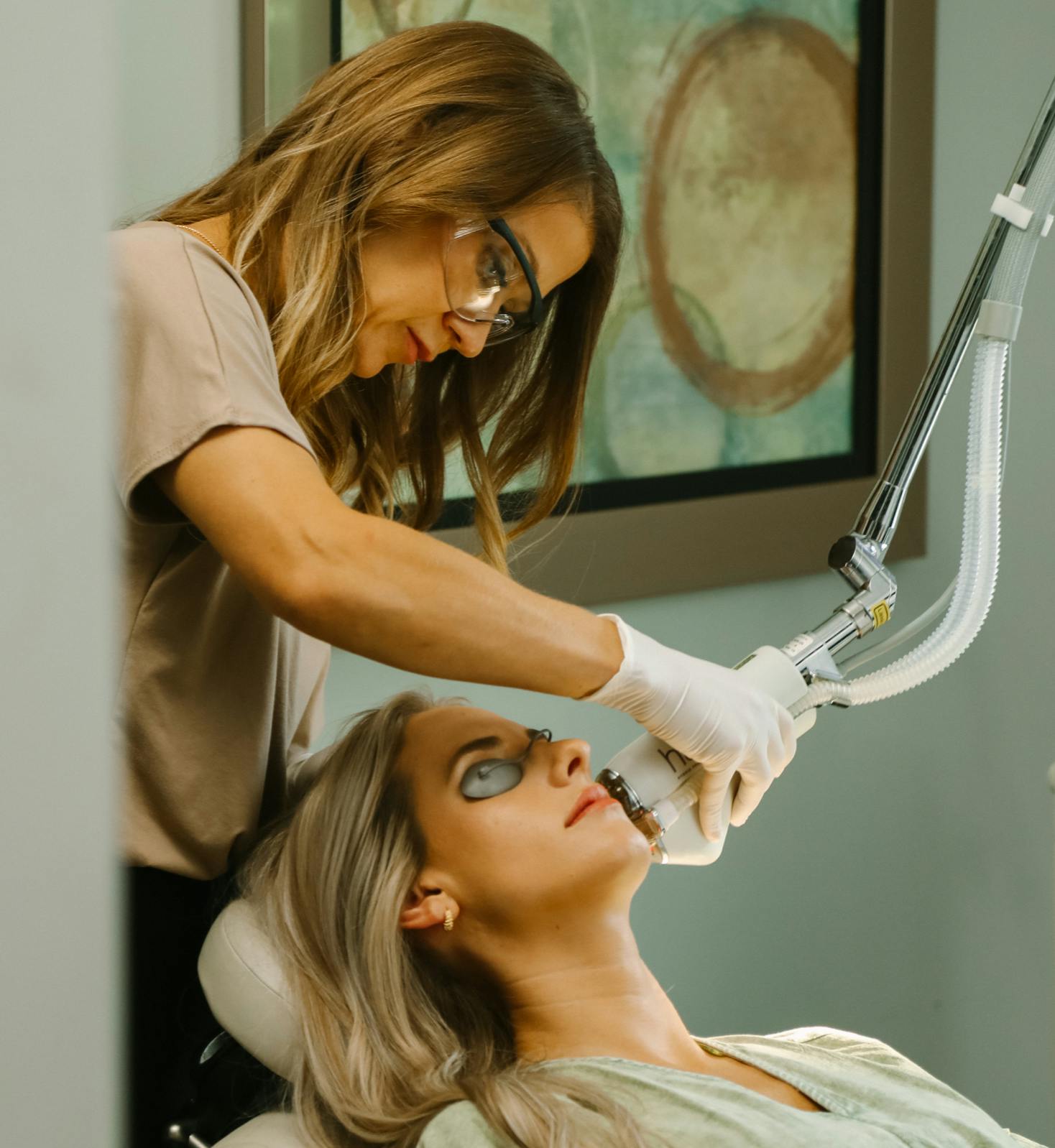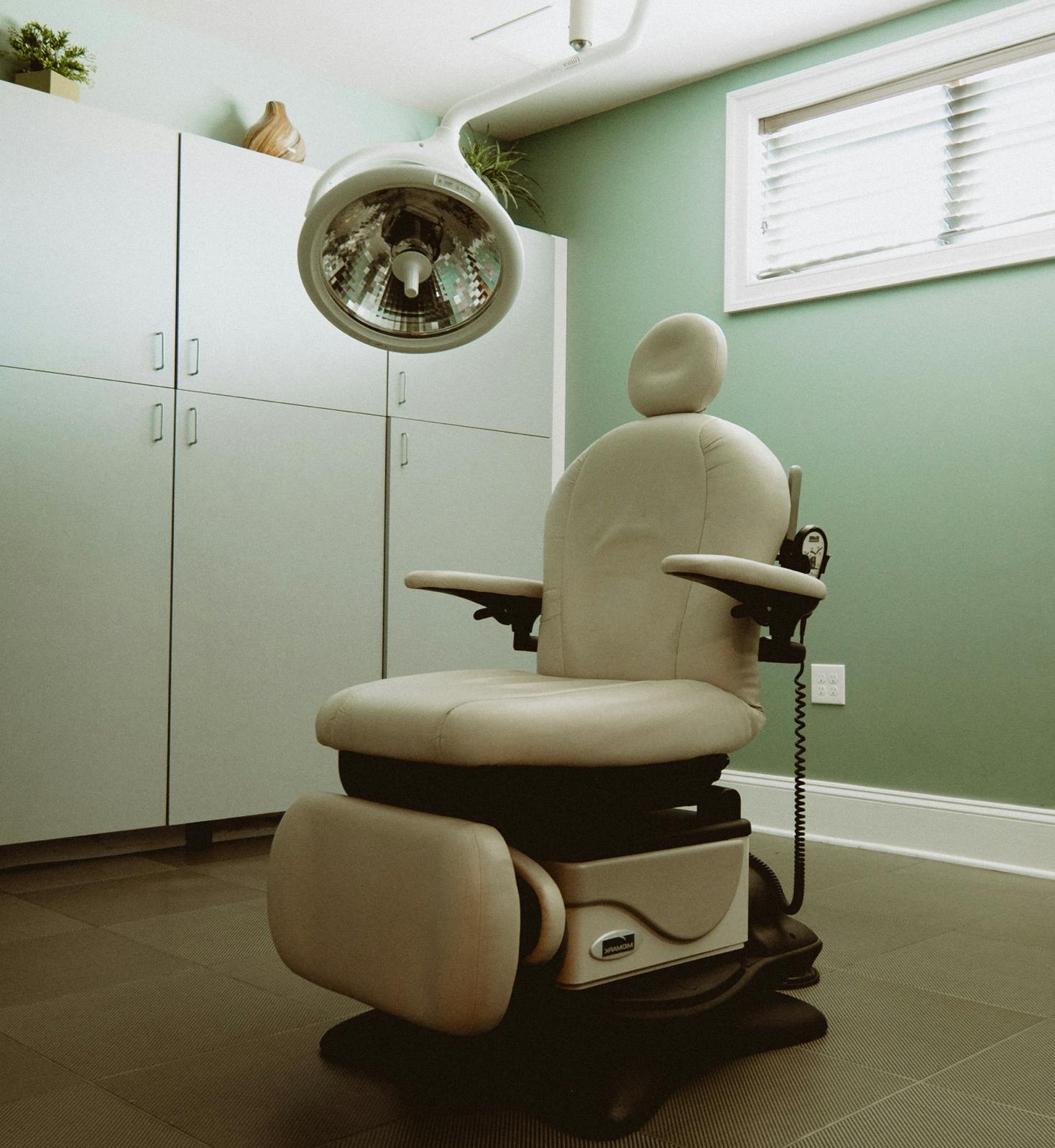A chemical peel uses a chemical solution to improve and smooth the texture of the facial skin by removing its damaged outer layers. It is helpful for those individuals with facial acne, wrinkles, large pores, brown spots, and uneven skin pigmentation.
Can I wear makeup after my chemical peel?
Makeup application guidelines depend on the type of peel you receive. For lighter peels, you may be able to apply makeup the next day, while deeper peels require several days of healing before makeup can be safely used. Our team will provide specific instructions based on your treatment.
Are chemical peels safe during pregnancy or while breastfeeding?
We typically recommend postponing chemical peels until after pregnancy and breastfeeding, as some peel ingredients may not be suitable during this time.
Can chemical peels be combined with other treatments?
Yes, chemical peels can often be combined with other aesthetic treatments for enhanced results. During your consultation, we'll assess whether combining your peel with procedures like injectables, laser treatments, or other skin rejuvenation options would benefit your specific goals.
How soon before a special event should I schedule my chemical peel?
The timing depends on the peel depth. For lighter peels like the Universal Peel, schedule 1-2 weeks before your event to allow for minimal peeling. For medium-depth peels like the Jessner or VI Peel, plan at least 3-4 weeks in advance to ensure complete healing and optimal results.
What's the difference between getting a chemical peel at a spa versus a medical practice?
Medical-grade peels available at our practice contain higher concentrations of active ingredients and penetrate deeper layers of skin than spa peels, delivering more dramatic and longer-lasting results.













